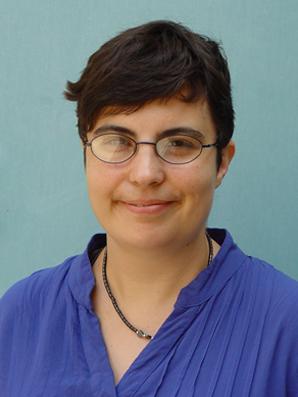Sid Kolpas, math instructor and past president of the academic senate, gave a special presentation, titled “A Taste of Governance at Glendale Community College,” at the Oct. 20 board of trustees meeting.
“Covering the very complex, but invaluable governance structure at Glendale Community College could take an entire weekend seminar, so in 10 minutes I hope to offer merely a taste of governance at Glendale Community College” said Kolpas.
“Governance often moves as slowly as a snail, but it’s based on the collective wisdom of the faculty and staff. So one would think, with input from all constituencies, that it makes decisions that are best for the community college,” said Kolpas.
His presentation highlighted topics with photo slides, such as the committees on campus under the board of trustees, the executive board, the accreditation board, the academic senate, academic affairs, student affairs, administrative affairs and human resources.
Kolpas gave a brief history of governance.
“In 1988, assembly bill 1725 was signed into law. It separated community colleges from the K-12 education system,” said Kolpas.
Kolpas said assembly bill 1725 also required a governance structure and an academic senate, where faculty and staff would have a voice in academic, professional, contractual and fiscal matters.
The college’s faculty-oriented atmosphere led to initiating an academic senate and a well-established governance structure even before the passage of assembly bill 1725.
Kolpas said that in his “20 some” years at the campus, the board of trustees has relied primarily on the faculty for expertise in curriculum, instruction, standards for hiring policy, student grading policy and so on.
“That doesn’t mean the board does not deserve its scrutiny, as well it does, but typically the board relies primarily on the faculty in those areas,” said Kolpas.
There is a mutual gains document that gives GCC a unique governance structure.
In many areas, responsibilities are shared between the academic senate and academic affairs such as curriculum, degree and certificate requirements, including graduation, which would normally be under academic affairs. Some areas, such as grading policies, are not shared.
The board of trustees relies primarily or mutually agrees with the professional matters under the academic senate.
According to Kolpas, this is how the governance structure works:
Subcommittees make motions that are sent to their standing committees – student affairs, administrative affairs and academic affairs.
Standing committees take the motions they approve to the campus executive board. All the motions are then listed on a consent calendar.
These motions are recommendations to the executive board, chaired by Dr. Audre Levy, superintendant/president.
If the motions are approved, they are taken to the board of trustees for further decision.
Motions on the consent calendar may or may not be approved; however, they do represent the collective wisdom of the college community.
The last item was a picture of cartoon animals in pairs being herded onto Noah’s ark, illustrating the need for balance or parity for all constituencies on campus. According to Kolpas, there is typically parity between the Academic senate and the guild.
A new business item, a request for a letter of support for Los Angeles City College to use a vacant building just off the Garfield campus, was voted down as it did not pass through governance.
Future items for discussion was a campus beautification fund to restore areas on campus and the televising of future board meetings could be advertised with channel and time.
The next regular meeting is scheduled for Nov. 17 at 5 p.m. in Kreider Hall in the San Rafael building.

